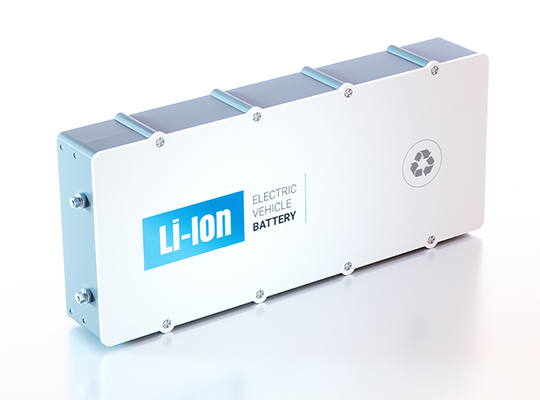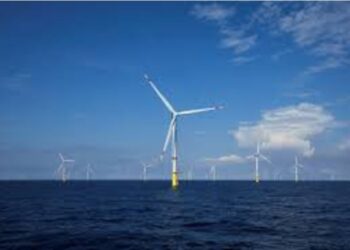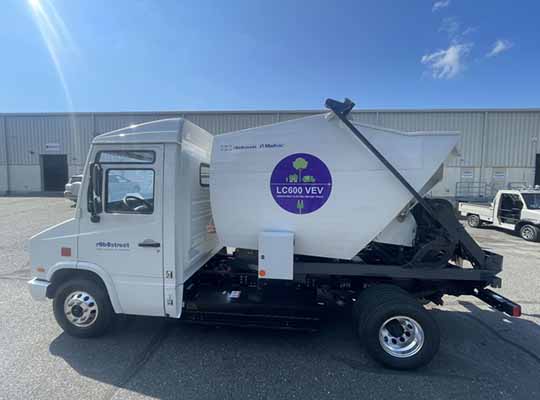The “Lithium-Ion Battery Market in India“ report has been added to ResearchAndMarkets.com‘s offering.
The adoption of EVs in India is anticipated to increase rapidly due to the country’s growing need for clean energy which ensures the growth of the lithium-ion battery market in India.
The government has plans to achieve a target of 30% electric vehicle adoption by 2030, powered primarily by the electrification of two-wheeler, three-wheeler, and commercial vehicles in the country. India has introduced the Li-Rack battery, which is a medium-sized lithium-ion battery system made in India for multi-family houses, commercial applications, and projects with demanding storage needs.
Impact of COVID-19:
Before the COVID-19 outbreak, the demand for electric bikes was high, mainly driven by policy measures introduced by the government to encourage the electrification of vehicles and reduce pollution, which left a significant impact on the lithium-ion battery market indirectly.
After the lockdown was eased, the production of lithium-ion batteries has been significantly improving in India as many companies are increasing their production capacity.
Market Influencers:
Key growth drivers of the market:
- Since the COVID-19-induced lockdown, India’s demand for lithium-ion batteries has increased due to the rise in the popularity of electric vehicles (EVs), which are one of the main factors propelling the growth of the lithium-ion market. EVs run on batteries and their charging costs are significantly lower than those of fuel-powered vehicles
- Because lithium batteries can be charged quickly, businesses are adopting Li-Ion battery-based equipment because one lithium battery can run a forklift for multiple shifts before needing to be replaced
Key deterrents to the growth of the market:
- The absence of appropriate charging infrastructure for electric vehicles throughout the nation, particularly in semi-urban and rural areas, has impeded the expansion of the lithium-ion battery market
- In the meantime, the government is supporting the expansion of the infrastructure for charging stations in India, where electric vehicles are becoming more and more popular
- The main raw elements required to make the cathode, which costs 35% more than a cell and 10% more than an EV overall, are cobalt, nickel, lithium, and manganese. Unfortunately, India does not have a significant supply of these basic minerals.
Key Topics Covered:
Chapter 1: Executive summary
Chapter 2: Socio-economic indicators
Chapter 3: Introduction
3.1. Market definition and structure
3.2. EV battery cell production cost overview
Chapter 4: Market overview
4.1. Lithium-ion battery market size and growth forecast (2020 – 2027e) – based on value
4.2. Production capacity of Indian Lithium-ion battery market
4.3. Country wise manufacturing cost of Li-based pouch cells
4.4. Existing manufacturing capacities of key Lithium-ion battery pack manufacturers
4.5. Investments in the Indian battery manufacturing space (NMC 622)
Chapter 5: Impact of COVID 19
5.1. Pre-lockdown and lockdown scenario
5.2. Post-lockdown scenario
Chapter 6: Market Influencers
6.1. Key growth drivers of the sector
6.2. Key factors deterring the growth of the sector
Chapter 7: Market Trend Analysis
7.1. Market Trend Analysis
Chapter 8: Government Initiatives
8.1. Government Initiatives
Chapter 9: Trade Analysis
9.1. Trade Analysis
Chapter 10: Competitive Landscape
10.1. Amara Raja Batteries Limited
10.2. Exide Industries Limited
10.3. HBL Power Systems Limited
10.4. Amperex Technology Limited
10.5. Evolute Systems Private Limited
10.6. Future Hi-tech Batteries Limited
10.7. Li Energy Private Limited
10.8. Luminous Power Technologies Private Limited
10.9. Okaya Power Private Limited
10.10. TDS Lithium-Ion Battery Gujarat Private Limited
Chapter 11: Recent Developments
For more information about this report visit https://www.researchandmarkets.com/r/j8ghlz













